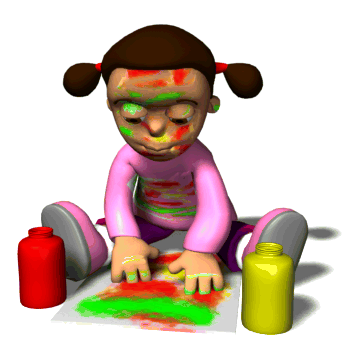Kindergarten Math games are a good way to start in helping kids love math. Introducing fun math activities in school and at home can result to a much better understanding of Math.
Math is important in nurturing a child’s education. Interactive games provide teachers and parent the support they need. It enhances mathematical development and curiosity. Teachers use different materials and references in planning certain activities for classrooms. This is to make math more interesting.

Since children’s ideas are firmly based on their everyday activities and experiences, it best to adapt playing while gaining knowledge. Here are some tips to consider:
Learning Math in school
Kindergarten classrooms use the manipulative method. It is anything handed for counting will help a child to learn math concepts. This includes concrete things like puzzles, cubes, blocks and clocks.
Children are very active and they want to learn new things. Pictures grasp the attention of children. Flashcards are best options for number recognition, while puzzles help children to find out mathematical strategies. Thus, playing addition games are more exciting. It heats up group competition.

Other game samples are:
? Triangle Number Game- Adding number and connects the answer to the side that matches it.
? Snail One Hundred game - Learning number structure from 1 to 100.
? Highs and Lows - A Place Value Activity
Learning Math outside
Outside games will utilize the children’s energy while learning. Do-the-Math Hopscotch is one of the outdoor educational games inspired by the book Game On by Patt Doyle. This game resembles a chalk drawing of a calculator. A player will toss a stone to a number and hops on to form an equation. One foot hops to zeros and odd numbers and 2 footed hops to even numbers and symbols. A player will continuously play until he makes a mistake or finished all the numbers to 9.
Math Games at Home
Parents should encourage kids to play along with numbers using simple materials and preparation. One can make board games using dice and pieces of cardboard with creativity. There are also ready made educational cards for those busy parents. Go Fish Cards is one example that has become popular for math reviews. It enables kids to easily identify numbers and understand the difference between more or less. The use of dominoes, chess, checkers and Yahtzee will also deepen a child’s logical ability.

Other game samples are:
? Math Bingo- A Bingo classic game of mathematical approach.
? Popsicle Stick Game - Focuses on child’s counting ability.
? Two-Fisted Pennies Game -Identifies left and right positions and addition of numbers.
Math Games Online
Online learning has become the most rapid and common tool for young students. Internet math games help kids practice more and excel in math. It also reinforces math skills and concepts. Many free online games offers visual and hands-on activities such as:
1. Number recognition
2. Counting practices
3. Addition/Subtraction games
Below are popular math games on line.
? The Frog Puzzle
? Mathematical Matches
? Interactive 100 Square Chart
? Flash Algebra
? Tessellations
Number Puzzles online are:
? Crossnumber- Adding five digits numbers to find the clue.
? Color Quiz- Answering addition questions by coloring pictures.
? Number Cruncher - A mathematical arcade game that uses arrows to eat numbers of a given multiple.
? Shade - Shading the correct number to get an equal fraction.
? Table Times - It is a simple multiplication quiz game.
Math games can be effective when linked with standard teachings. It plays a vital part in stimulating interactions. A child’s interest must be supported by teachers and parents. Thus, games are math helpers only. It is much better to attend school and study homework that can beat up the Math anxiety.




